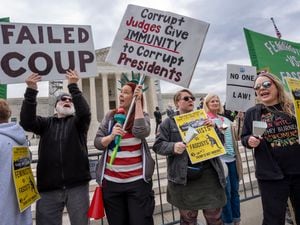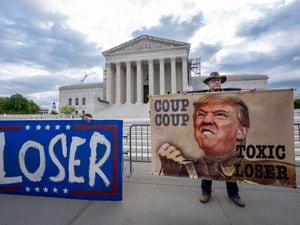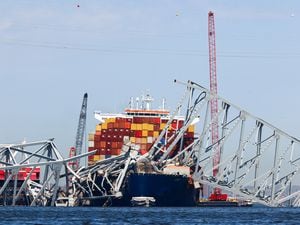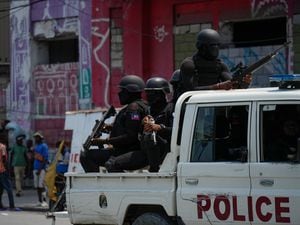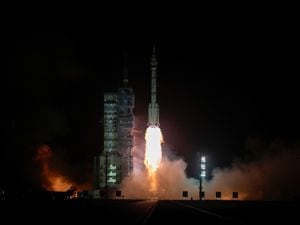Scores killed as Iran cracks down on fuel protests – Amnesty
The demonstrations started on Friday and spread quickly across at least 100 cities and towns.
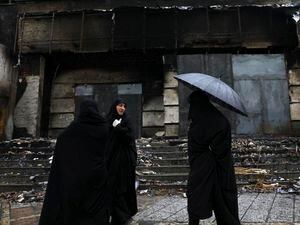
Days of protests over rising fuel prices and a subsequent government crackdown have killed at least 106 people across Iran, Amnesty International said.
The protests began on Friday and spread quickly across at least 100 cities and towns.
The government has not released a toll of those arrested, injured or killed, but it disputed Amnesty’s report through its mission to the United Nations, calling it “baseless allegations and fabricated figures”.
However, a UN agency earlier said it feared the unrest may have killed “a significant number of people”.
Amnesty cited “credible reports” for its tally and said it “believes that the real death toll may be much higher, with some reports suggesting as many as 200 have been killed”.
Iranian authorities shut down internet access to the outside world on Saturday, an outage that has left only state media and government officials able to say what is happening in the nation of 80 million.
State television showed video on Tuesday of burned Korans at a mosque in the suburbs of the capital, Tehran, as well as pro-government rallies, as part of efforts to demonise and minimise the protests.
Absent from the coverage was an acknowledgement of what sparked the demonstrations. The jump in petrol prices represents another burden on Iranians who have suffered through a painful currency collapse since President Donald Trump’s unilateral withdrawal of the US from Iran’s 2015 nuclear deal with world powers, and the reimposition of crippling economic sanctions.
Relatively moderate President Hassan Rouhani has promised the fuel price increase will fund new subsidies for poor families, but the decision has unleashed anger among Iranians.
Amnesty said it gathered its figures from interviewing journalists and human rights activists, then cross checked the information.
In its breakdown, it showed the hardest-hit areas as the western Kermanshah province and the oil-rich south-western province of Khuzestan. Many online videos released before the internet outage had shown unrest there.
“Video footage shows security forces using firearms, water cannons and tear gas to disperse protests and beating demonstrators with batons,” Amnesty said. “Images of bullet casings left on the ground afterwards, as well as the resulting high death toll, indicate that they used live ammunition.”
Amnesty, citing witnesses corroborated by video footage, said snipers also shot into crowds of people from rooftops and, in one case, a helicopter.
Scattered reports in state-run and semi-official media have reported only six deaths.
The office of the UN High Commissioner for Human Rights earlier issued a statement saying it was “deeply concerned” about reports of live ammunition being used against demonstrators. It also urged protesters to demonstrate peacefully.
“We are especially alarmed that the use of live ammunition has allegedly caused a significant number of deaths across the country,” spokesman Rupert Colville said in a statement.
Mr Colville added it has been “extremely difficult” to verify the overall death toll.
Alireza Miryousefi, a spokesman for Iran’s UN mission, told the Associated Press that “any casualty figures not confirmed by the government are speculative and not reliable, and in many cases part and parcel of a disinformation campaign waged against Iran from outside the country”.

